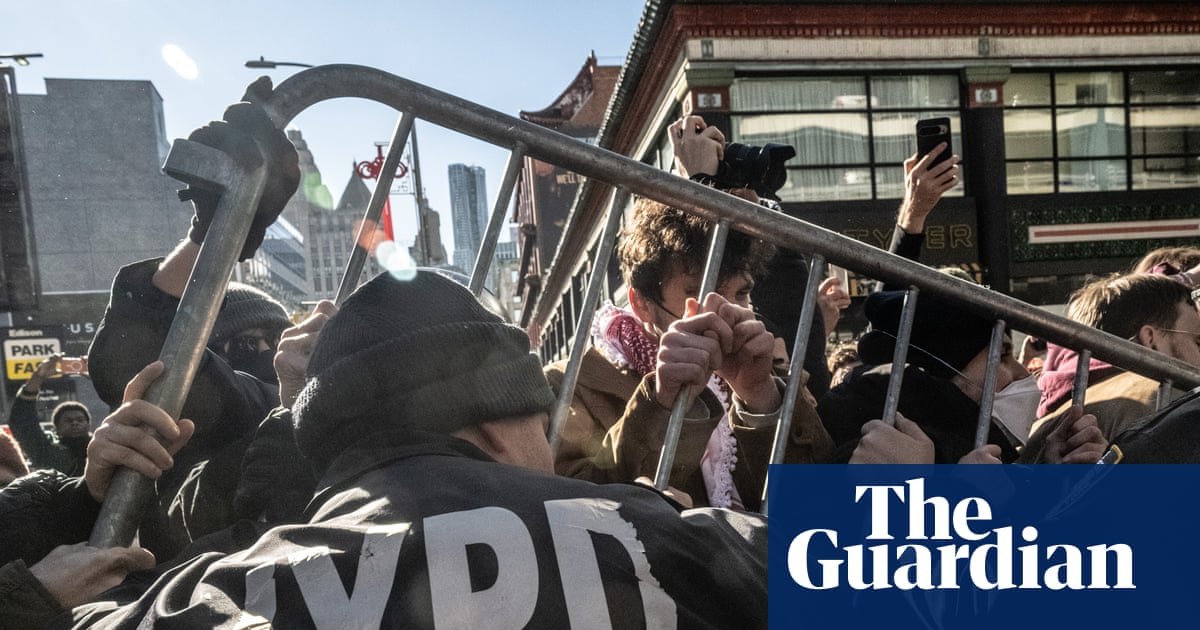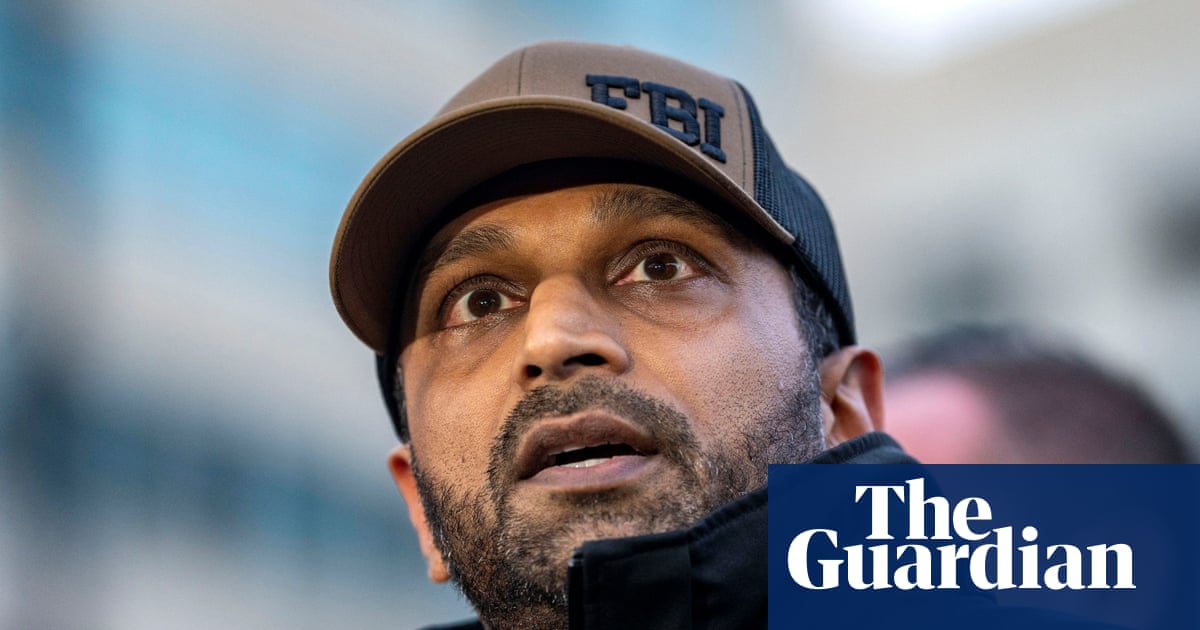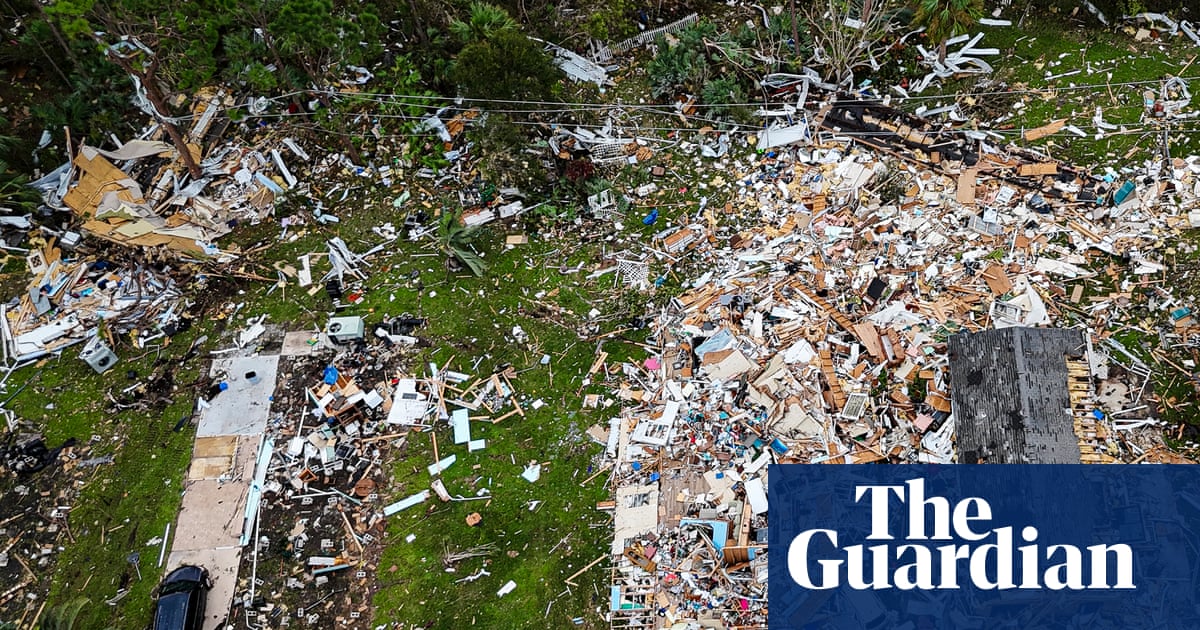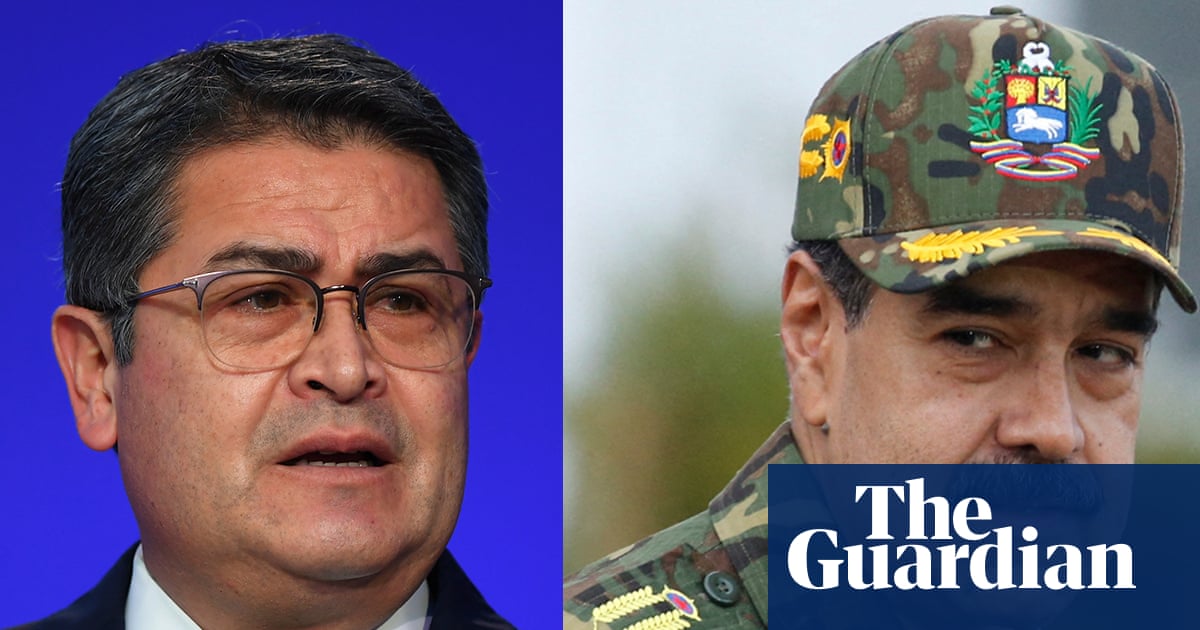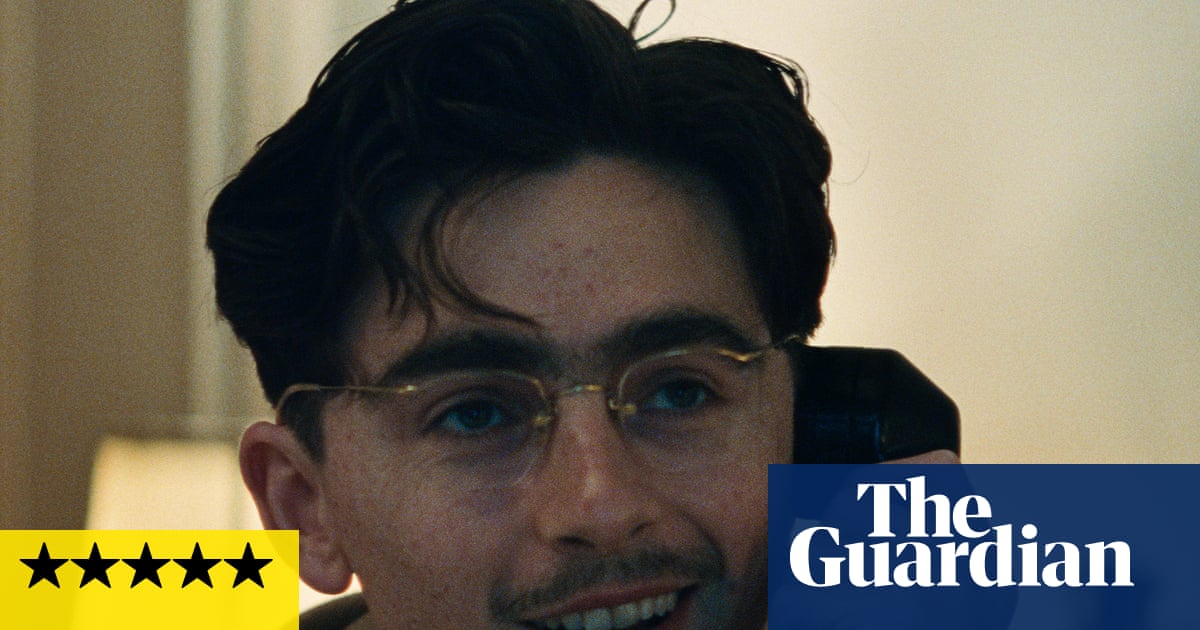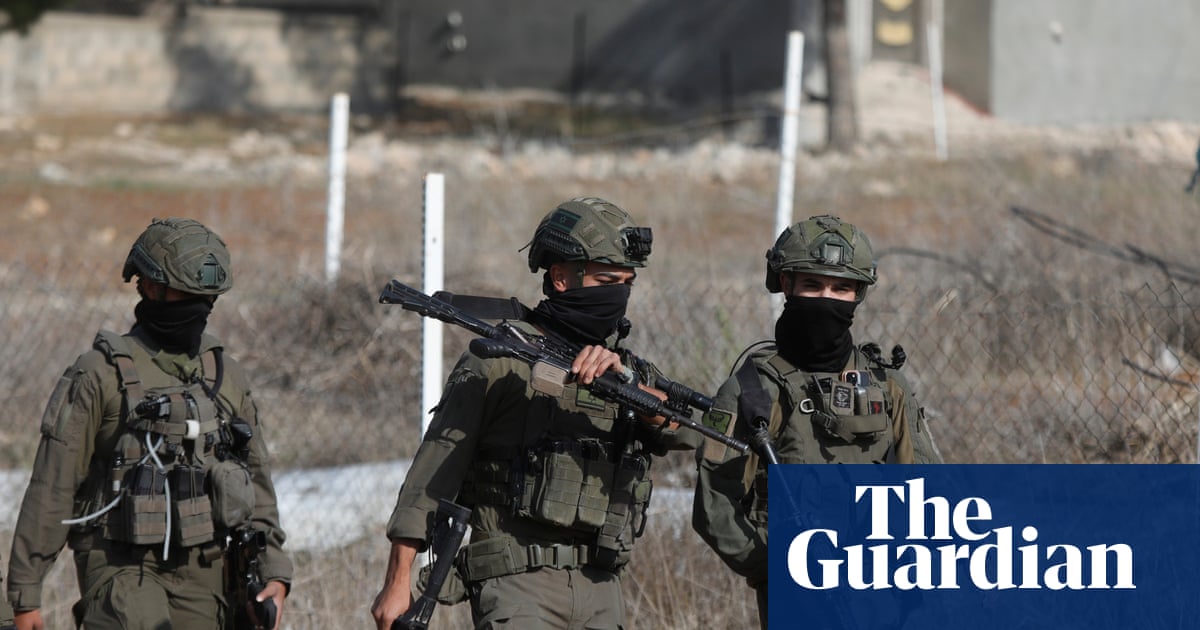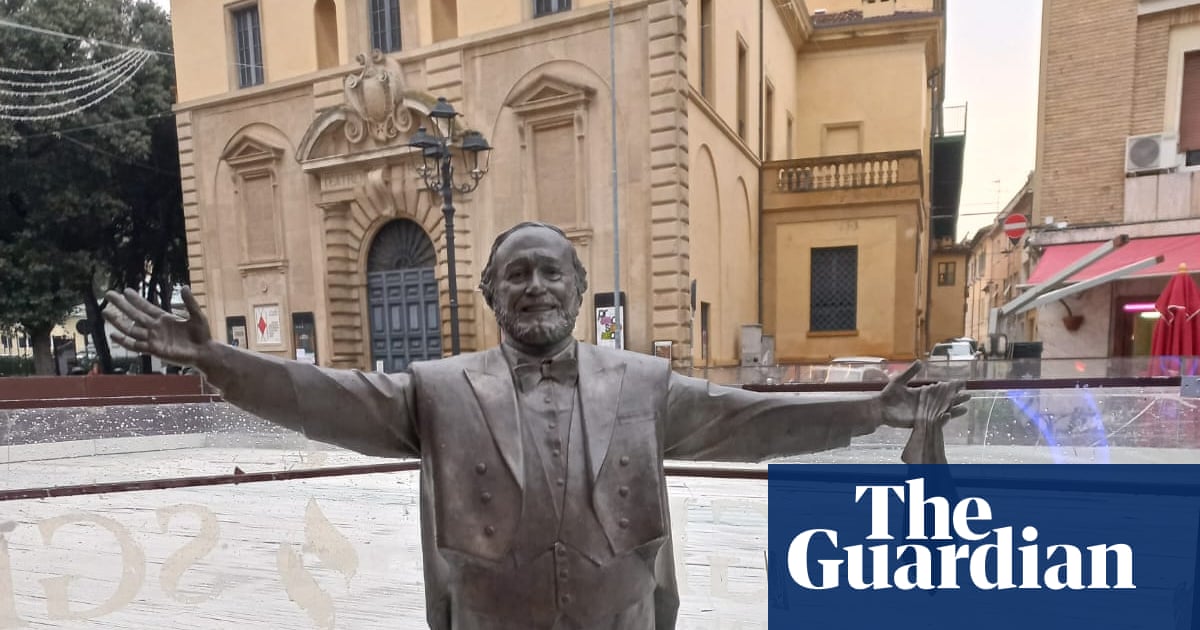Scrubby trees hide the entrance. A sloping wooden tunnel descends to a brightly lit reception area. There is a surgery unit, equipped with beds, cardiac monitors and ventilators. And shelves full of medical equipment, drugs and neat piles of spare clothes. In a staff room with a washing machine and kettle, doctors keep an eye on a screen. It shows the movements of Russian spy drones as they zigzag in the sky above.
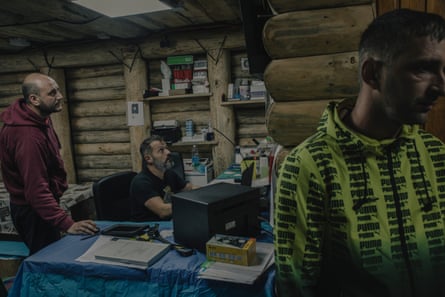
Welcome to Ukraine’s secret underground hospital. The facility opened in August and is the second of its kind, located in eastern Ukraine not far from the frontline and the city of Pokrovsk, in Donetsk oblast. “We are 6 metres below the earth. It’s the safest way of providing help to our injured soldiers. And it keeps medical personnel safe,” said the clinic’s surgeon, Maj Oleksandr Holovashchenko.
The stabilisation point treats 30-40 patients a day. Their conditions vary. Some have catastrophic leg injuries requiring amputations, or serious stomach wounds. Others can walk. Almost all are the victims of Russian first-person view (FPV) drones, which drop grenades with lethal accuracy. “Ninety per cent of our cases are from FPVs. We see few bullet injuries. It’s an age of drones and a different kind of war,” the surgeon said.
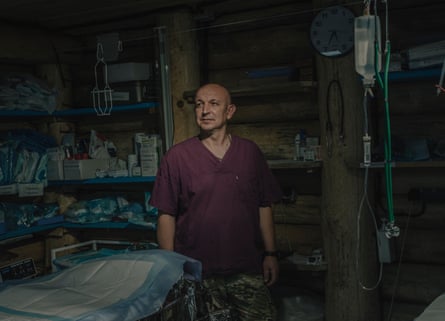
During one afternoon last week, three soldiers limped into the facility. The most lightly injured, 28-year-old Artem Dvorskyi, said an FPV explosion had ripped a small hole in his leg. “War is terrible. The guy next to me, Vasyl, was killed,” he said. “He fell down. Then the Russians dropped a second grenade on him.” He added: “Everything in the village is destroyed. There are drones everywhere and bodies. Ours and theirs.”
Dvorskyi said his unit spent 43 days in a forest area near Pokrovsk, which Russia has been trying to seize since last year. The only way to get to their position was on foot. All supplies arrived by quadcopter: food and water. A week after he was hurt, he walked 5km (about 3 miles), taking three hours, to where an armoured vehicle was able to pick him up. At the clinic, a medic checked his vital signs. After treatment, a nurse gave him new civilian clothes: a T-shirt and a pair of pale jeans.

Another patient, 38-year-old Pavlo Filipchuk, said a drone blast had left him with concussion. “I was in a dugout. It suddenly went dark. I couldn’t feel anything or hear anything,” he said. “I think I was lucky to survive. My cousin has been killed. There are continuous explosions.” A builder working in Lithuania, Filipchuk said he had returned to Ukraine and volunteered to fight days before Vladimir Putin’s full-scale invasion in February 2022.
A third soldier, Taras Mykolaichuk, had been hit in the back. He groaned as doctors laid him on a bed, removed a bloody bandage and cleaned his two-day-old shrapnel wound. Wrapped in a foil blanket, he borrowed a mobile phone to ring his sister. “A piece of mortar hit me. It was a ricochet. I’m OK,” he told her. What were his plans now? “To get better. That will take a few months. After that, to return to my unit. Someone has to defend our country,” he said.

Since 2022, Russia has repeatedly targeted hospitals, clinics, maternity wards and ambulances. According to human rights groups, 261 health workers have been killed in nearly 2,000 attacks. The underground facility is built from four steel bunkers, with timber beams, soil and sand laid on top up to ground level. It can withstand direct hits from 152mm artillery shells and even three 8kg TNT charges dropped by drone.
after newsletter promotion
The Ukrainian steel and mining company Metinvest, which financed the construction, plans to build 20 units in total. The head of Ukraine’s national security council and former defence minister, Rustem Umerov, said they would be “critically important for saving the lives of our military and supporting defenders on the frontline”. Metinvest described the project as the “most ambitious and challenging” it had implemented since Russia’s invasion.

Holovashchenko, the surgeon, said some wounded soldiers had to wait hours or even days before they could be evacuated because of the threat of aerial attacks. “We had two critically ill patients who arrived at 3am. I had to carry out a double amputation on one of them. His tourniquet had been on for so long there was no alternative.” How did he cope with traumatic operations? “I’ve been in medicine for 20 years. You have to focus,” he said.
Orderlies wheeled Mykolaichuk up the tunnel and into an ambulance. The vehicle was parked under a bush. He and the two other soldiers were taken to the city of Dnipro for further treatment. The subterranean medical team took a break. The hospital’s ginger cat, Vasilevs, padded up to the entrance to await the next arrivals. “We are open 24 hours a day,” Holovashchenko said. “It doesn’t stop.”

 1 month ago
25
1 month ago
25

